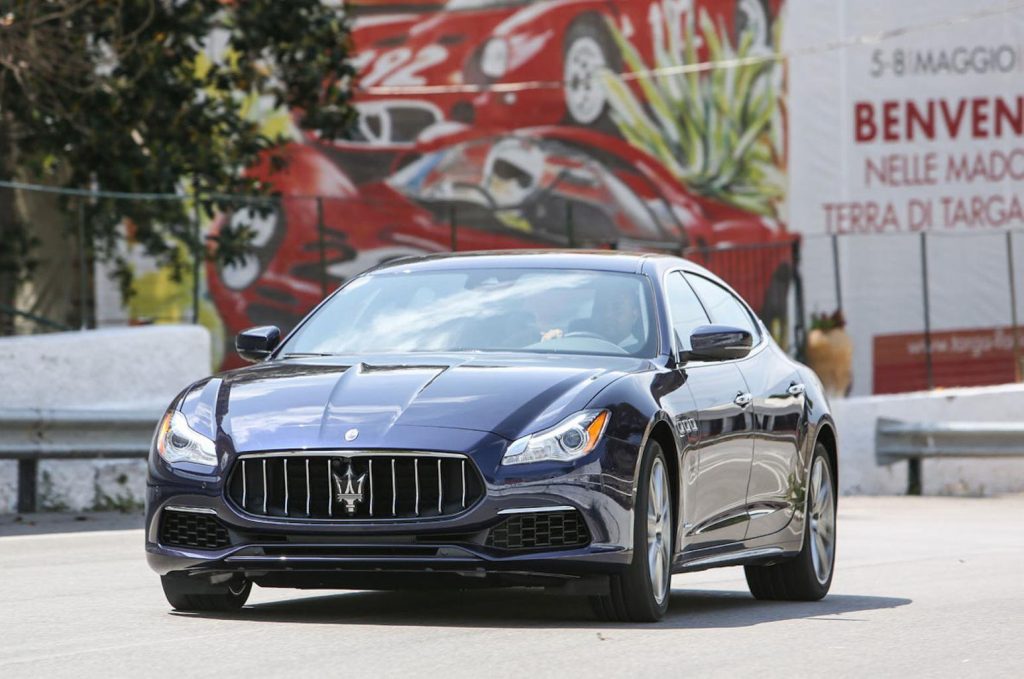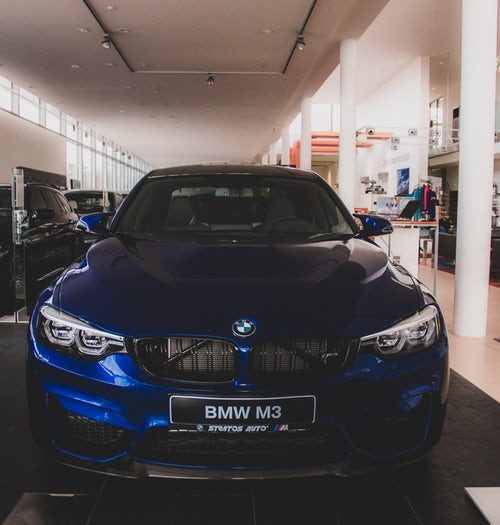MOST NEW CAR BUYERS will research running costs, fuel consumption, servicing costs and a whole host of other expenses, but often overlook the most crippling cost of all: depreciation.
We all know the old saw about a car losing half its value as soon as you drive it out of the showroom, and while this isn’t strictly true, the moment your pride and joy metamorphoses from new car to used car, its value is substantially diminished. This is particularly true in Australia where additional purchase expenses such as luxury car tax and import duties artificially inflate the new car price in the first place.
Most expert opinion suggests a new car will immediately lose more than 10 percent of its value as soon as you collect it from the dealer. And it only gets worse. The value can fall by more than 20 percent in your first year of ownership. And for the four years after that, it will lose another 10 percent each year.
WhatCar? magazine in the UK looked into depreciation and came up with the ten fastest depreciating cars, and also the ten slowest depreciating cars. While not necessarily applicable in Australia (and some of the cars aren’t sold here), the lists contain some useful information. Electric, hybrid and plug-in hybrids top the list for depreciating the least (although this may change as they near the end of their battery life). According to WhatCar?, electrified vehicles in the UK retain 47 percent of their value after three years and 30,000 miles (48,000km). Petrol models retained 43 percent and diesel models just 40 percent. Overall retained value across all makes and models (7000 different makes, models and trim configurations were assessed) was 42.1 percent.

Electric and hybrid models such as Audi’s E-tron, Porsche Cayenne and Toyota RAV4 retained a startling 63 percent of their value. Specifically, the top ten slowest depreciating models in the UK were the Land Rover Range Rover Evoque P250 R-Dynamic (retained value 70.1 percent), Porsche Cayenne E-Hybrid (65.2 percent), Audi E-tron 55 quattro (65.1 percent), Porsche Panamera Sport Turismo 4 E-Hybrid (64.9 percent), Porsche 718 Cayman 2.5 GTS (64.5 percent), Audi Q8 55 TFSI quattro S line (64.4 percent), Alpine A110 Pure (64.1 percent), Porsche Macan 2.0T (63.9 percent), Toyota RAV4 Icon 2.5 VVT-I Hybrid 2WD (63 percent) and the Toyota Prius 1.8 VVTi Active (62.9 percent).

Moving to the other end of the list, the fastest depreciating car in the UK is the Fiat Doblo XL Combi 1.6 Multijet 120 SX which only managed to retain a paltry 26.1 percent of its value (although it’s worth remembering that in the UK, electric cars with zero emissions qualify for a £3500 grant). Moving through the list of worst depreciating vehicles, we see the Renault Zoe 65kW I Q90 40kWh Dynamique Plus (26.6 percent), Fiat Tipo 1.6 Mulitjet DDCT Easy Plus (27.5 percent), Maserati Quattroporte V6 Diesel (27.7 percent), Vauxhall Astra Sports Tourer 1.6 CDTi 136 SRi (28 percent), Peugeot 308 SW 1.5 BlueHDi 100 Active (28.1 percent), Jaguar XJ 3.0 V6 diesel Luxury LWB (28.7 percent), Hyundai i40 CRDi SE Nav (29.7 percent), BMW 4 Series Convertible 420d Sport Prof Media (30.3 percent) and finally, the Infiniti Q50 3.5h Luxe (30.4 percent).

To put those numbers into perspective, the buyer of the Maserati laid out £74,320 for the V6 Quattroporte diesel. Three years and 48,000km later, it’s worth £20,575. He has managed to lose close to £18,000 each year. On the other hand, the Porsche Panamera buyer stumped up £85,945 and three years later his Porsche is still worth £55,800, so it lost just over £10,000 each year. The worst-performing car for depreciation is the Fiat Doblo, a £26,183 purchase when new and now worth £6,825 – losing its owner almost £6,500 every year. Had he/she bought a Prius instead for £24,255, by now it would be worth £15,250, the annual depreciation would have been just £3001.

Can I do anything to reduce depreciation?
The best thing you can do to reduce depreciation is to buy wisely in the first instance.
Other than that, high mileage is a major factor in depreciation. Anything more than around 15,000km a year seems to be the tipping point. A three-year-old car with 50,000km on the odometer will be worth considerably more than the same car with 70,000 or 80,000km showing. Higher mileages take their toll on wear and tear and second-hand buyers want to minimise their future maintenance expenses.
Of course, a detailed and comprehensive service record of your own will increase the value of your vehicle when it comes time to sell, so keep up routine maintenance, replace parts when necessary and keep a detailed record of expenditure.
Another interesting factor appears to be that cars with higher levels of safety technology appear to hold their value better than those with fewer safety features – an important consideration when so many entry-level models offer many safety features only as optional extras or part of an upgrade package.
